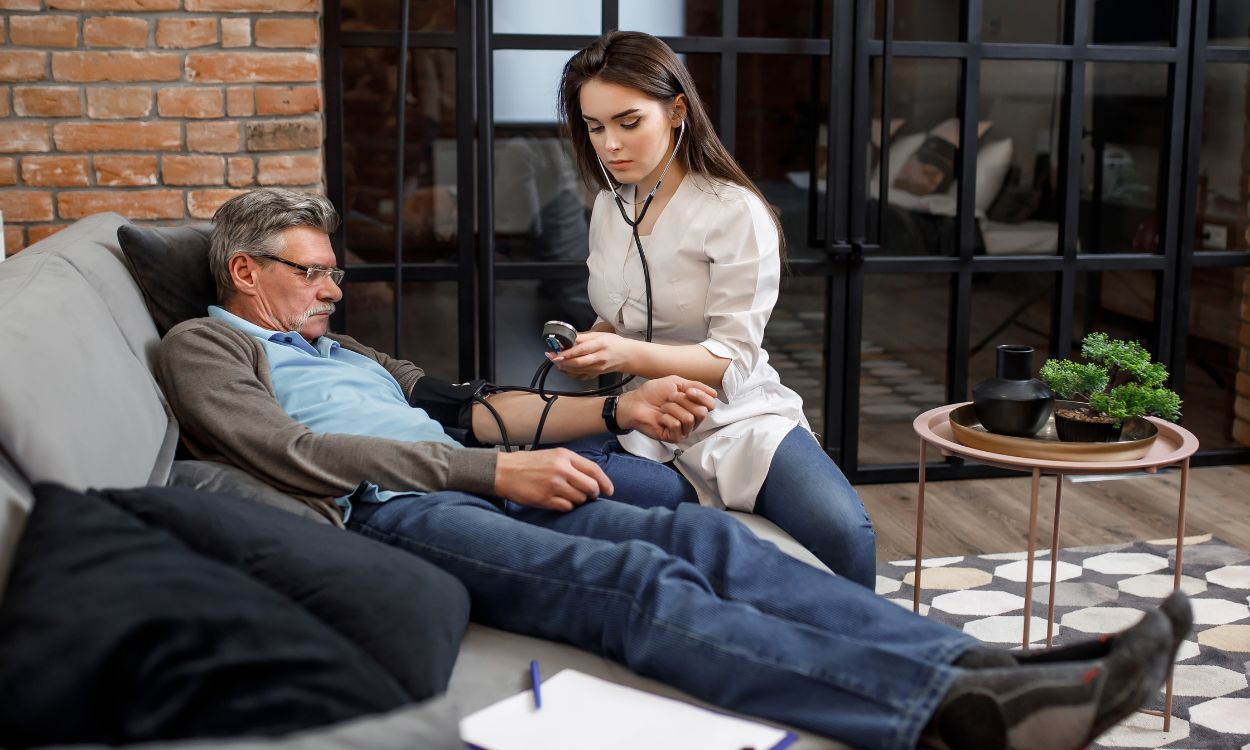First Aid for Fainting: Immediate Care and Safety Precautions
Fainting, also known as syncope, is a sudden loss of consciousness that occurs due to a temporary decrease in blood flow to the brain. It can happen to anyone, anywhere, and at any time. Fainting can be caused by various factors such as dehydration, low blood sugar, standing for long periods, sudden changes in position, and emotional stress. In some cases, fainting can be a sign of an underlying medical condition. Therefore, it is important to know how to provide immediate care and safety precautions for someone who has fainted.
Immediate Care for Fainting:
- Check for responsiveness: The first step is to check if the person is responsive. Call out their name and gently shake their shoulders. If there is no response, call for emergency medical services immediately.
- Position the person: If the person is responsive, help them lie down on their back with their legs elevated above the level of their heart. This helps to increase blood flow to the brain.
- Loosen tight clothing: Loosen any tight clothing around the neck, chest, or waist to help the person breathe easily.
- Provide fresh air: If possible, move the person to a well-ventilated area or open a window to provide fresh air.
- Monitor vital signs: Check the person’s pulse and breathing. If they are not breathing, start CPR immediately.
- Offer fluids: If the person is conscious and alert, offer them water or a sports drink to help replenish fluids lost during the fainting episode.
Safety Precautions for Fainting:
- Stay calm: If you witness someone fainting, stay calm and provide immediate care. Panic can make the situation worse.
- Avoid sudden movements: Avoid sudden movements that can cause the person to faint again.
- Do not leave the person alone: Stay with the person until they fully recover. If they are unconscious, wait for emergency medical services to arrive.
- Seek medical attention: If the person has fainted for the first time, or if they have a history of fainting, seek medical attention to rule out any underlying medical conditions.
- Prevent future episodes: Encourage the person to stay hydrated, avoid standing for long periods, and take breaks when feeling lightheaded or dizzy.
Fitpaa can help you achieve your health and fitness goals, including preventing fainting episodes. Our personalized Fitpaa Capsule, designed by a team of experts, can help optimize your metabolism and strengthen your body’s organ systems. With the help of our Fitpaa Realtime Guidance technology, you can stay motivated and on track towards achieving your health and fitness goals. Download the Fitpaa app today and start your journey towards a healthier and happier life.











